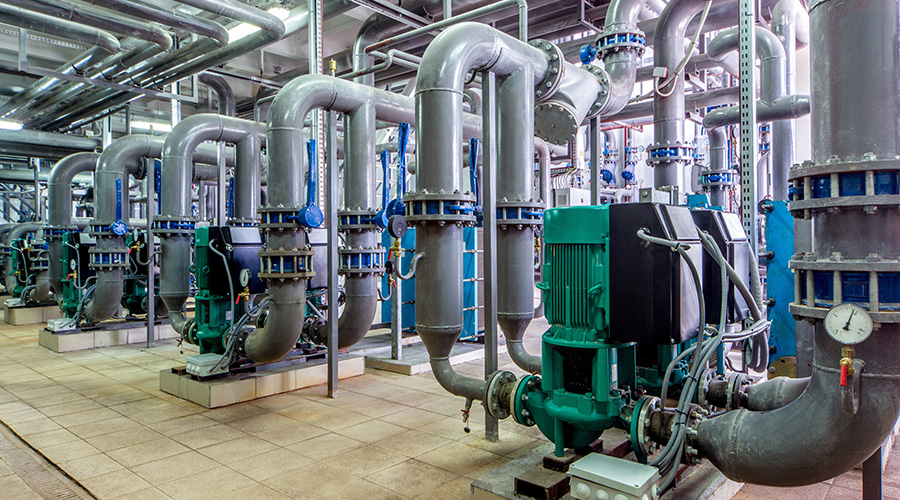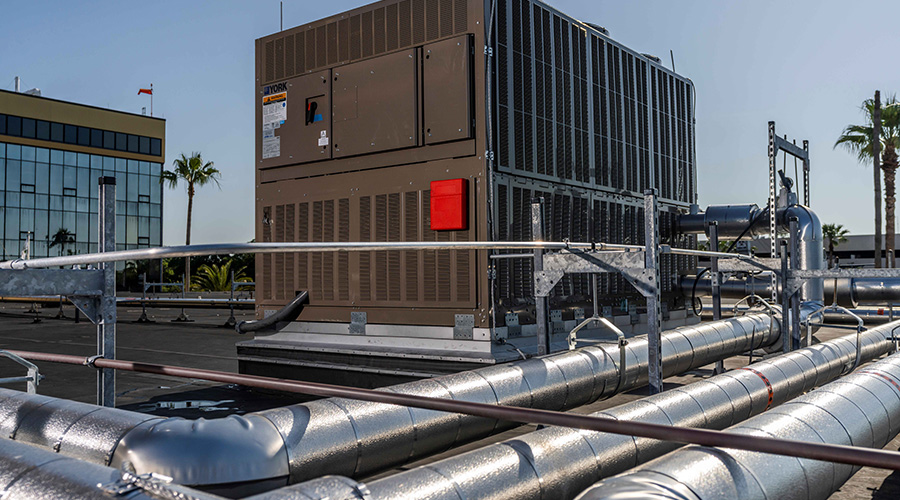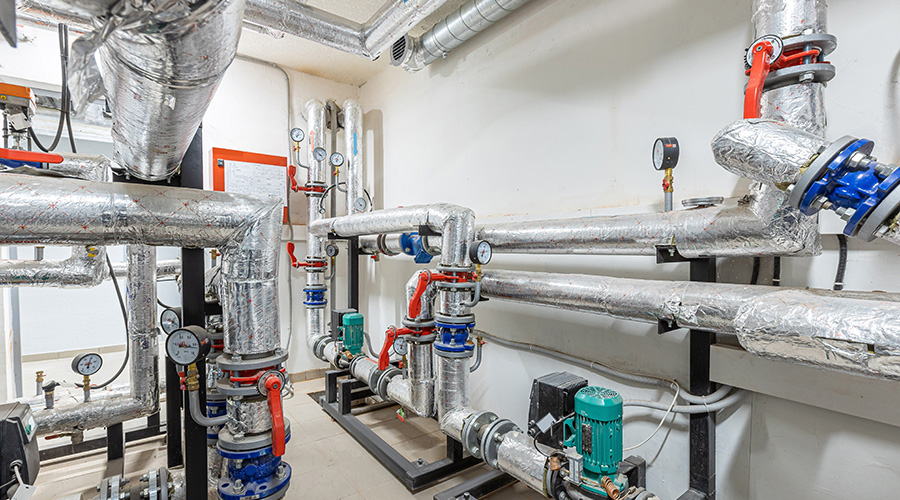HVAC Projects in Existing Facilities: Strategies to Smooth the Way
Major HVAC projects in existing facilities are noisy and notoriously challenging to deliver due to the added complexity of having to avoid disruption to occupants. Nine strategies can smooth the way, including good communications with occupants and insistence on a realistic schedule with contractors.
In one extreme example of things going wrong, a hospital had recently taken over an existing property and hired a contractor to renovate mechanical systems to bring them up to code. This work was being done in phases, and the hospital occupied the facility after each phase was complete. Near the end of the project, the commissioning agent was on site to test the new systems.
One task involved verifying the operation of the disconnect at an air handler. The agent shut off the unit for a few moments, and then moved on to the next unit. Unbeknownst to the commissioning team, the unit they were testing served an operating room that was in use. At the same time that they shut down the unit providing air to the OR, the humidity sensor in the room indicated low humidity. This engaged the supply duct humidifiers. With no air movement in the supply duct, this resulted in a dense fog pouring out of the supply diffusers. The doctors conducting the procedure mistook this to be smoke, sounded an alarm, and removed the patient to another area of the hospital.
A worst case? Maybe. But there's plenty of possible fallout that can occur when HVAC projects in existing facilities are not properly executed. To understand the common issues that cause these projects to jump off track, it's important to identify the underlying causes and understand ways to mitigate or avoid them altogether.
Despite the challenges presented in completing HVAC projects in existing buildings successfully, these nine strategies can prevent problems, or mitigate the impact of problems that do occur.
1. Communicate with building occupants. In existing building HVAC projects, occupants may be impacted and are therefore stakeholders. Make sure that occupants are aware of the scope of work and the potential for disruption, and how to communicate quickly should any issues arise. This allows people to plan around potentially disruptive activities. Don't assume that just because the team has worked to avoid an unplanned disruption of HVAC service, such a disruption won't happen accidentally. It's best to inform the occupants, even when it is unlikely they will be disrupted.
2. Insist on a realistic schedule using the critical path method in the proposal from contractors. Requiring contractors to submit a schedule up front with their bid will provide a sense of how well the contractor grasps the logistics that need to be navigated to complete the work. Also require contractors to provide a work plan with their bid, outlining the required resources and how those resources will be leveled across each task. Contractors that are unable to provide this are likely ill-prepared and have not given enough consideration to how they will keep the project on track. Reasonable float should always be incorporated in the schedule. Almost no existing building HVAC project goes as planned, and it is best to recognize and account for this up front. When a schedule is prepared, identify all work items that have the potential to cause disruption (intended or unintended). Whenever these activities occur, require the contractor to provide a written plan with specific means and methods for how these disruptions will be avoided. Review this with the project superintendent each day that potentially disruptive activities are expected to occur.
Related Topics:














